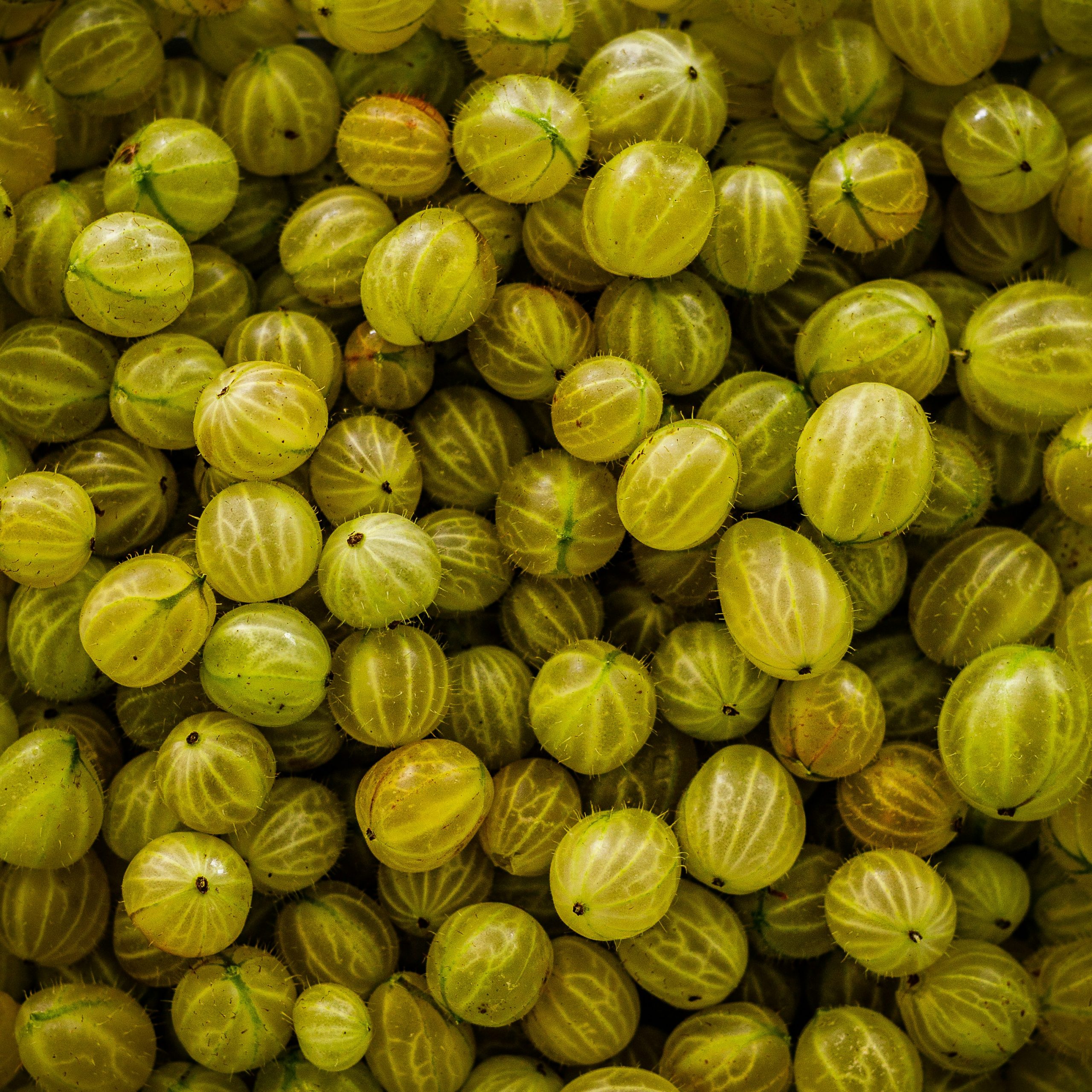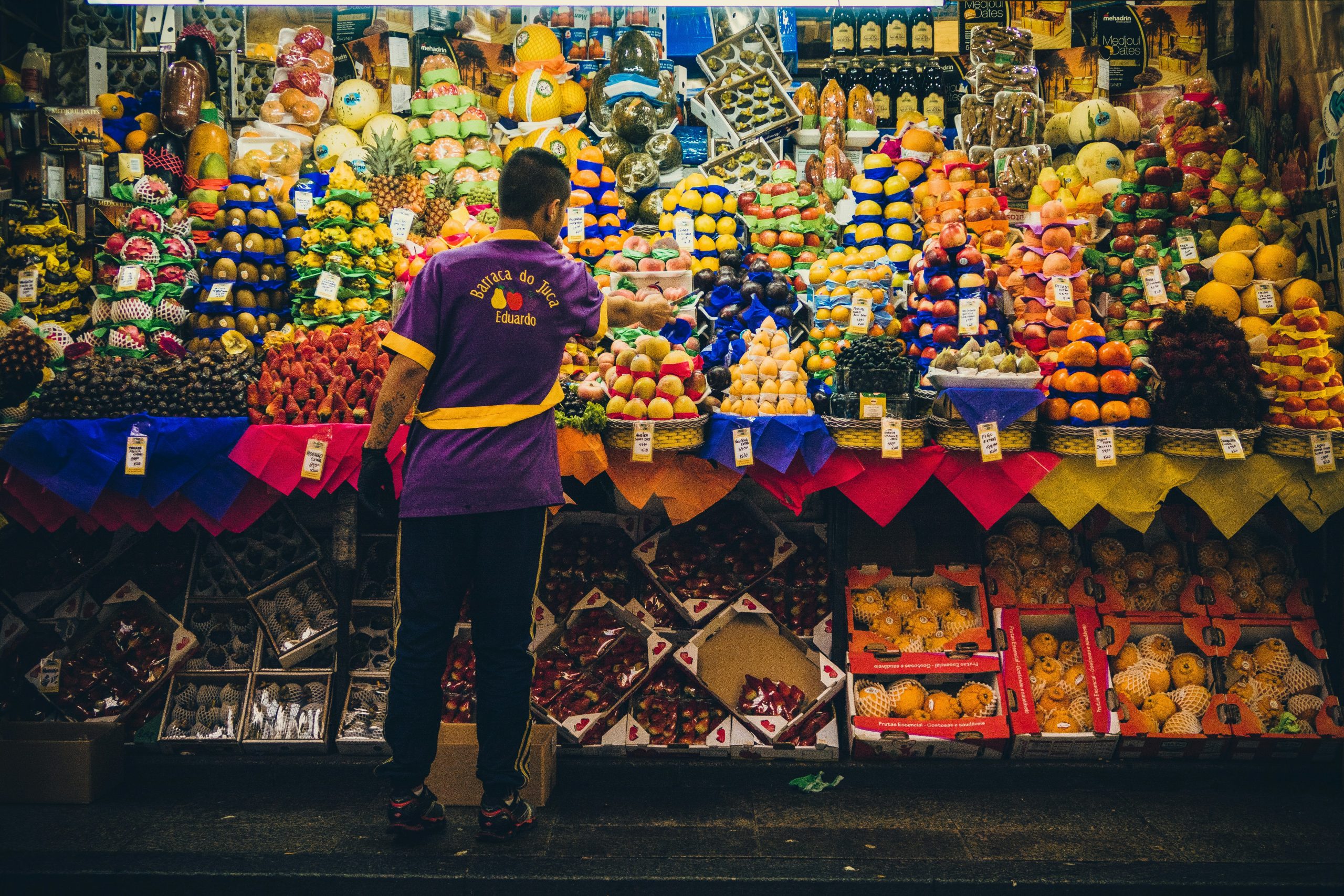Barossa Valley, Part 2
Two more wineries to visit on this short trip to the Barossa; Phase III Wines and Alkina.The name Phase III refers to the third stage of Ben Kelley's life, when he decided to move to the Barossa to grow truffles, and then wine. However, he has been associated with wine for a long time and along the way got to know Fraser McKinley, the winemaker of Sami-Odi fame. His influence is obvious in a number of ways, for example the port shaped bottles and including wine from more than one vintage.Ben is more playful, though; grabs fruit from wherever he can, adds Pinot to Shiraz, and generally behaves like a kid in a candy store (not in a bad way). His volume of his key wine, Dero (Australian slang for 'I am nobody') is 250 cases.I also tasted some more experimental wines. The 2022 Phase III Semillon is an attractive wine. It is barrel fermented and richer and rounder than a young Hunter Valley wine. Yet it is a refreshing wine at 10.5% alcohol with crisp citrus flavours (92 points). The 2023 Phase III Chardonnay comes from High Eden, near Mountadam. The wine has whole bunch and tastes of tropical fruit and spices with a nice acidic backbone. The wine also includes four buckets of frontignac. I did not notice it, but it may have added complexity (92 points).There was also a 2021 whole bunch Pinot Noir. It was robust and powerful, with red fruits dominating, and a musky and savoury backbone. It was interesting, but did not work too well (86 points).Then I tried the 2023 Phase III Home Block Shiraz. Ben has now planted three small vineyards, which over time presumably will replace bought fruit. The fruit in this wine comes from 3 (!) year old vines. This seems crazy, and it does not work too well. The fruit is picked early. The wine is fruity, despite 100% whole bunch and one of the lowest alcohol Shirazes in the valley at 12.2% (88 points).Then we come to the 2023 Phase III Devo, the main wine. The fruit comes from something like 10 vineyards, including two Hoffmann blocks. The bottle is in a bag, in reference to his earlier work in a bottle shop. The philosophy is to pick early and whole bunch to soften the tannins. He wants to make wine to be drunk early. The wine shows pleasant red and black fruit, but no sweetness. The structure is solid (93 points).I would not be surprised if something stunning will come from this producer one day. The final stop is at Alkina. The contrast could not be starker. Serious money has gone into this business. The vineyards around the property have been meticulously analysed, and divided by soil type. This is not unusual in many parts of the world, but not common to this detail in the Barossa Valley. The different plots are called polygons, meaning an area made up of line segments. The focus of Alkina is Grenache and Shiraz. It will be interesting to compare these wines to the McLaren Vale tasted wines.The first Grenache based wine tasted is a 2024 Alkina Rosé. The wine is matured 50% in stainless steel, 50% in concrete. The wine is light, with beautiful aromatic flower scents, and clean raspberry flavours (93 points).The entry level Grenache was the 2023 Alkina Kin Grenache. It is a blend from different plots of limestone and schist soil. 100% whole bunch was used, and the wine was matured in 100% concrete, to bring out the fresh fruit. The wine is red fruited and quite soft - an easy drinking wine (92 points).A big step-up were the two polygon Grenaches, from 2022, a cool vintage. The 2022 Alkina Polygon 3 Grenache comes from a plot of limestone and schist soil. This is an intense and super elegant wine, majestic comes to mind. The acidity is present, but beaten by the weight of the fruit. The silky tannins lead to a very satisfying finish - a superb wine (96 points).The 2022 Alkina Polygon 5 Grenache comes from heavier soil, fractured schist and clay. And this is reflected in the wine. This wine is bigger, quite fiery. This more savoury wine has a great structure pointing to a long life ahead (96 points).These two wines were certainly highlights of my week in South Australia. They are superbly crafted, and showing off the different soil profiles really well. Then came the Shiraz flight. The 2023 Alkina Birdsong Shiraz is matured in concrete to showcase the pristine red and black fruit. There is elegance and power in this wine, but the wine is not as focused as some (92 points).The 2022 Alkina Polygon 1 Shiraz comes from a tiny plot of quartzite and schist soil. The colour is very dark, and the nose is big. This is a fiery, but quite dense wine with a long finish. Attractive mulberry flavours stand out (95 points).And then came a surprise, the new 2023 Alkina Striato. I do not know much about this wine. It was quite a contrast to the Polygon 1. The wine is lighter, lively and red fruited. It has great balance and finishes with firm, but fine grained tannins (95 points).As previously, this was an excellent tasting experience. Some of the Alkina wines are superb. With its scientific

Two more wineries to visit on this short trip to the Barossa; Phase III Wines and Alkina.
The name Phase III refers to the third stage of Ben Kelley's life, when he decided to move to the Barossa to grow truffles, and then wine. However, he has been associated with wine for a long time and along the way got to know Fraser McKinley, the winemaker of Sami-Odi fame. His influence is obvious in a number of ways, for example the port shaped bottles and including wine from more than one vintage.
Ben is more playful, though; grabs fruit from wherever he can, adds Pinot to Shiraz, and generally behaves like a kid in a candy store (not in a bad way). His volume of his key wine, Dero (Australian slang for 'I am nobody') is 250 cases.
I also tasted some more experimental wines. The 2022 Phase III Semillon is an attractive wine. It is barrel fermented and richer and rounder than a young Hunter Valley wine. Yet it is a refreshing wine at 10.5% alcohol with crisp citrus flavours (92 points). The 2023 Phase III Chardonnay comes from High Eden, near Mountadam. The wine has whole bunch and tastes of tropical fruit and spices with a nice acidic backbone. The wine also includes four buckets of frontignac. I did not notice it, but it may have added complexity (92 points).
There was also a 2021 whole bunch Pinot Noir. It was robust and powerful, with red fruits dominating, and a musky and savoury backbone. It was interesting, but did not work too well (86 points).
Then I tried the 2023 Phase III Home Block Shiraz. Ben has now planted three small vineyards, which over time presumably will replace bought fruit. The fruit in this wine comes from 3 (!) year old vines. This seems crazy, and it does not work too well. The fruit is picked early. The wine is fruity, despite 100% whole bunch and one of the lowest alcohol Shirazes in the valley at 12.2% (88 points).
Then we come to the 2023 Phase III Devo, the main wine. The fruit comes from something like 10 vineyards, including two Hoffmann blocks. The bottle is in a bag, in reference to his earlier work in a bottle shop. The philosophy is to pick early and whole bunch to soften the tannins. He wants to make wine to be drunk early. The wine shows pleasant red and black fruit, but no sweetness. The structure is solid (93 points).
I would not be surprised if something stunning will come from this producer one day.
The final stop is at Alkina. The contrast could not be starker. Serious money has gone into this business. The vineyards around the property have been meticulously analysed, and divided by soil type. This is not unusual in many parts of the world, but not common to this detail in the Barossa Valley. The different plots are called polygons, meaning an area made up of line segments. The focus of Alkina is Grenache and Shiraz. It will be interesting to compare these wines to the McLaren Vale tasted wines.
The first Grenache based wine tasted is a 2024 Alkina Rosé. The wine is matured 50% in stainless steel, 50% in concrete. The wine is light, with beautiful aromatic flower scents, and clean raspberry flavours (93 points).
The entry level Grenache was the 2023 Alkina Kin Grenache. It is a blend from different plots of limestone and schist soil. 100% whole bunch was used, and the wine was matured in 100% concrete, to bring out the fresh fruit. The wine is red fruited and quite soft - an easy drinking wine (92 points).
A big step-up were the two polygon Grenaches, from 2022, a cool vintage. The 2022 Alkina Polygon 3 Grenache comes from a plot of limestone and schist soil. This is an intense and super elegant wine, majestic comes to mind. The acidity is present, but beaten by the weight of the fruit. The silky tannins lead to a very satisfying finish - a superb wine (96 points).
The 2022 Alkina Polygon 5 Grenache comes from heavier soil, fractured schist and clay. And this is reflected in the wine. This wine is bigger, quite fiery. This more savoury wine has a great structure pointing to a long life ahead (96 points).
These two wines were certainly highlights of my week in South Australia. They are superbly crafted, and showing off the different soil profiles really well.
Then came the Shiraz flight. The 2023 Alkina Birdsong Shiraz is matured in concrete to showcase the pristine red and black fruit. There is elegance and power in this wine, but the wine is not as focused as some (92 points).
The 2022 Alkina Polygon 1 Shiraz comes from a tiny plot of quartzite and schist soil. The colour is very dark, and the nose is big. This is a fiery, but quite dense wine with a long finish. Attractive mulberry flavours stand out (95 points).
And then came a surprise, the new 2023 Alkina Striato. I do not know much about this wine. It was quite a contrast to the Polygon 1. The wine is lighter, lively and red fruited. It has great balance and finishes with firm, but fine grained tannins (95 points).
As previously, this was an excellent tasting experience. Some of the Alkina wines are superb. With its scientific soil approach, could Alkina become an icon Barossa winery? There is one big problem: these polygons are tiny plots, and the resulting wine is made in small volumes. It will simply not be available to many people. This however, should be a criterion for an icon winery. However, if you are lucky enough to get access to some of these wines, enjoy!
This week in South Australia had a strong focus on Grenache. A theory is emerging. The premium Grenaches from Blewitt Springs and Clarendon tend to be fresh and red fruited. Their ph is between 3.0 and 3.35, indicating high acidity. The Grenaches from Alkina have a ph of close to 3.6, indicating lower acidity, largely a function of the warmer climate. These wines still have some freshness, but fruit intensity and some dark fruit flavours are also characteristic. So it seems ph levels can predict key components of the Grenache flavour.















